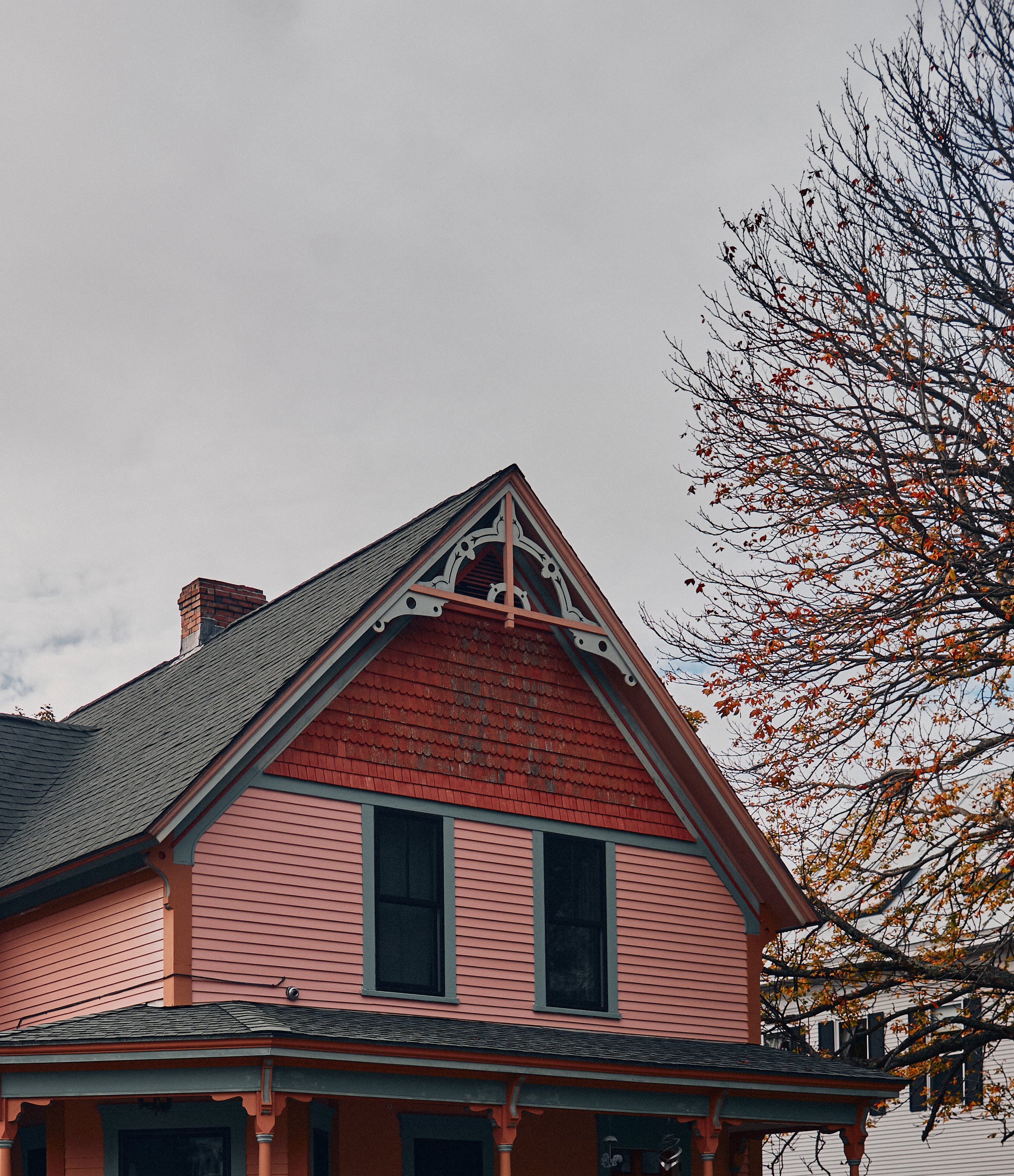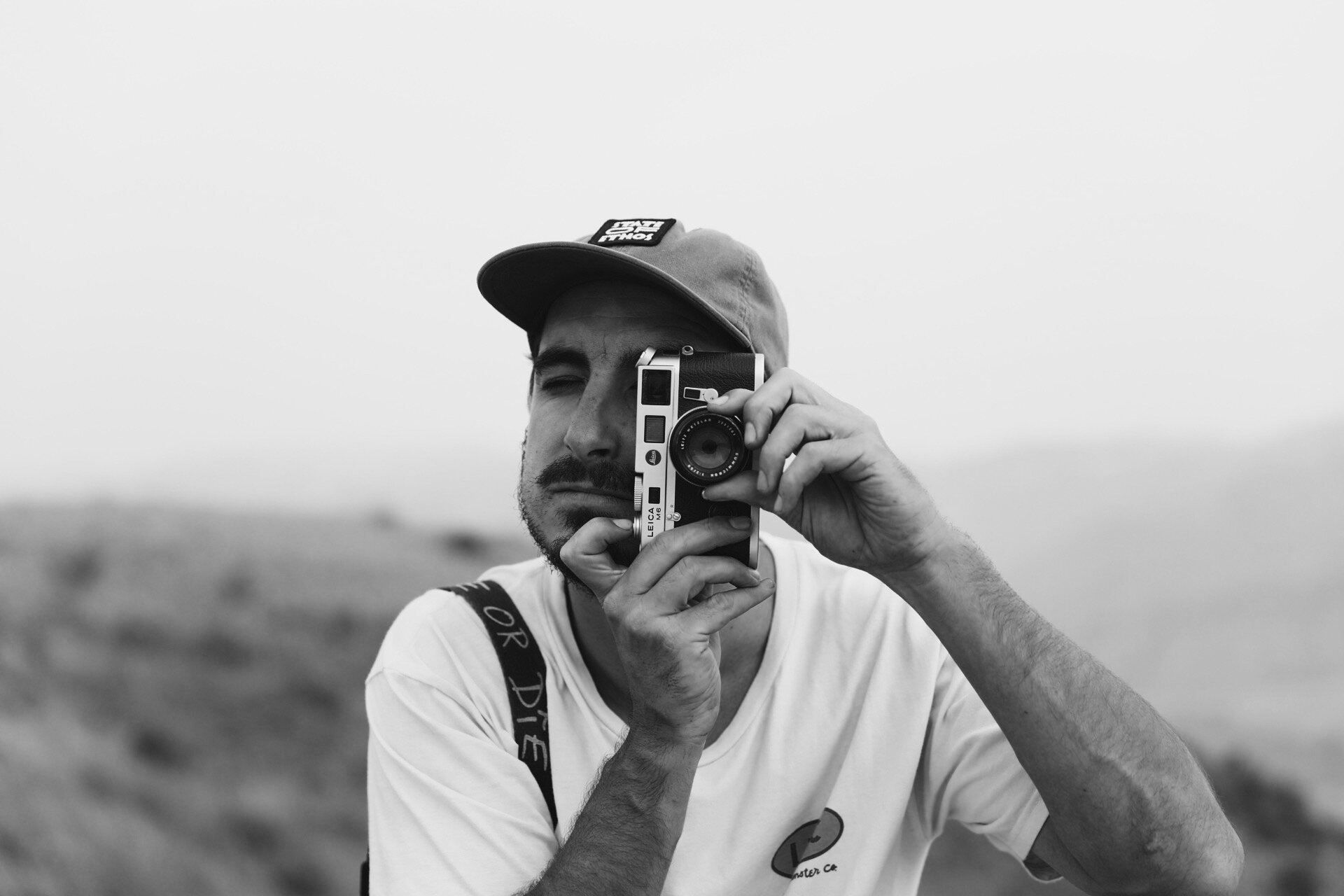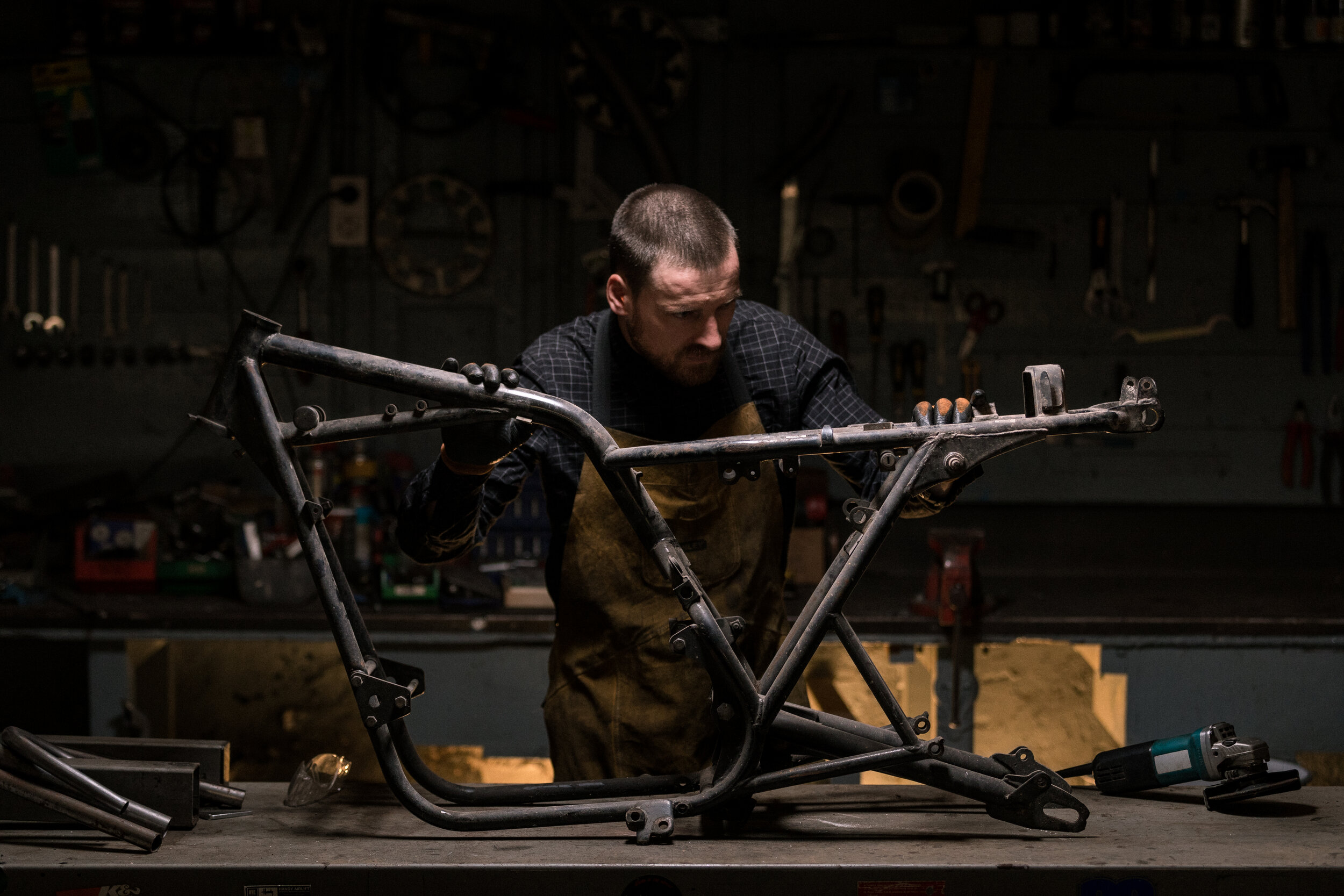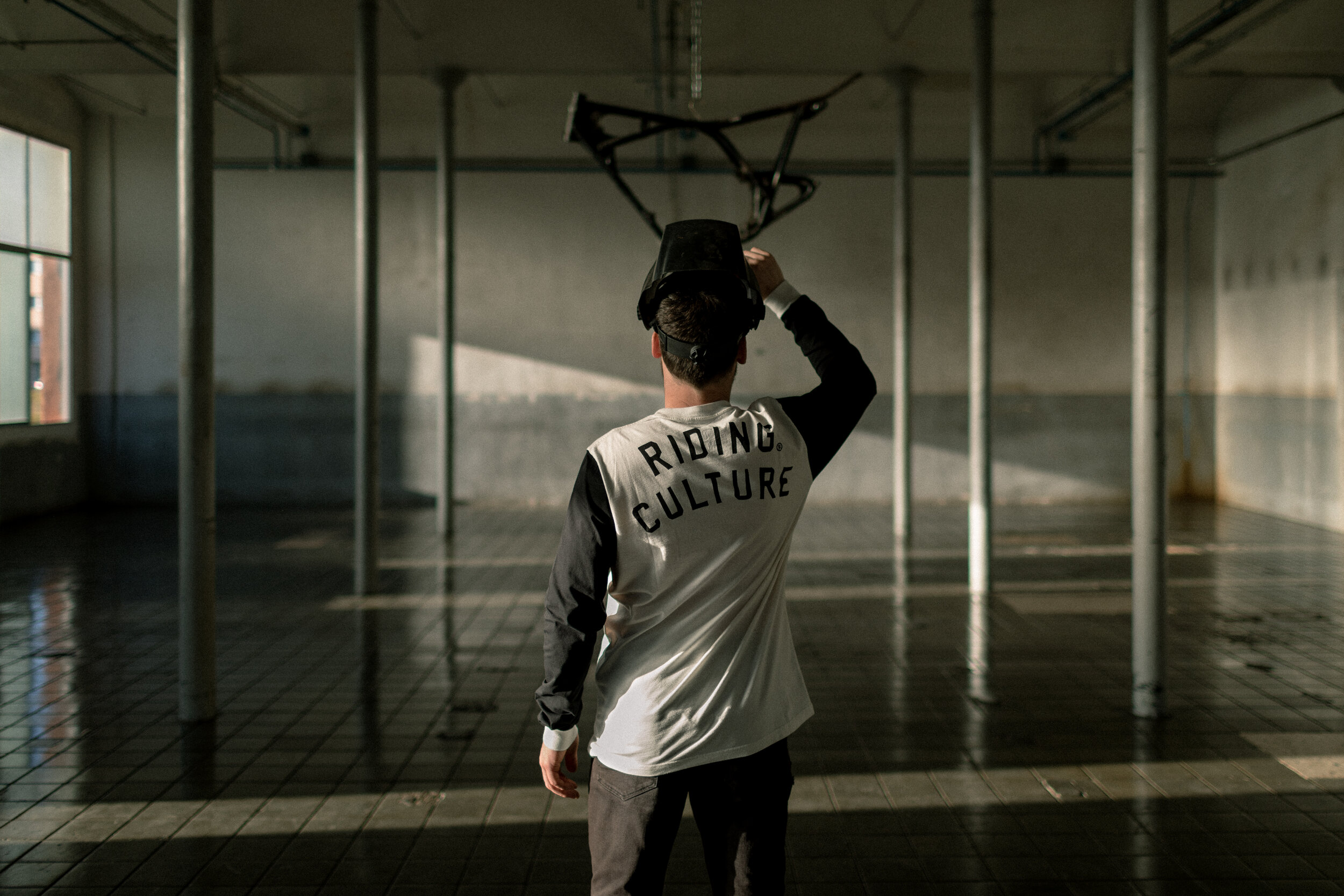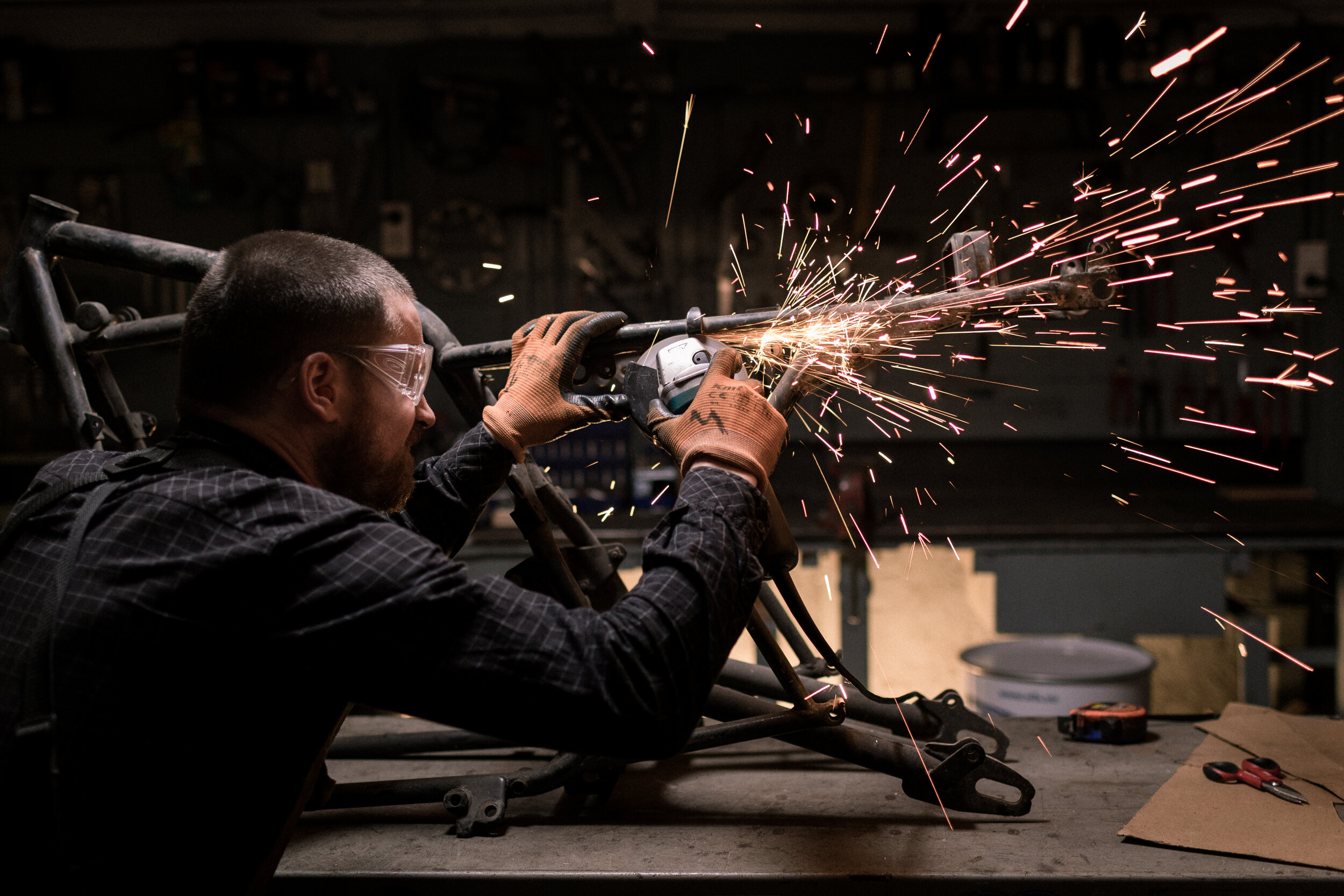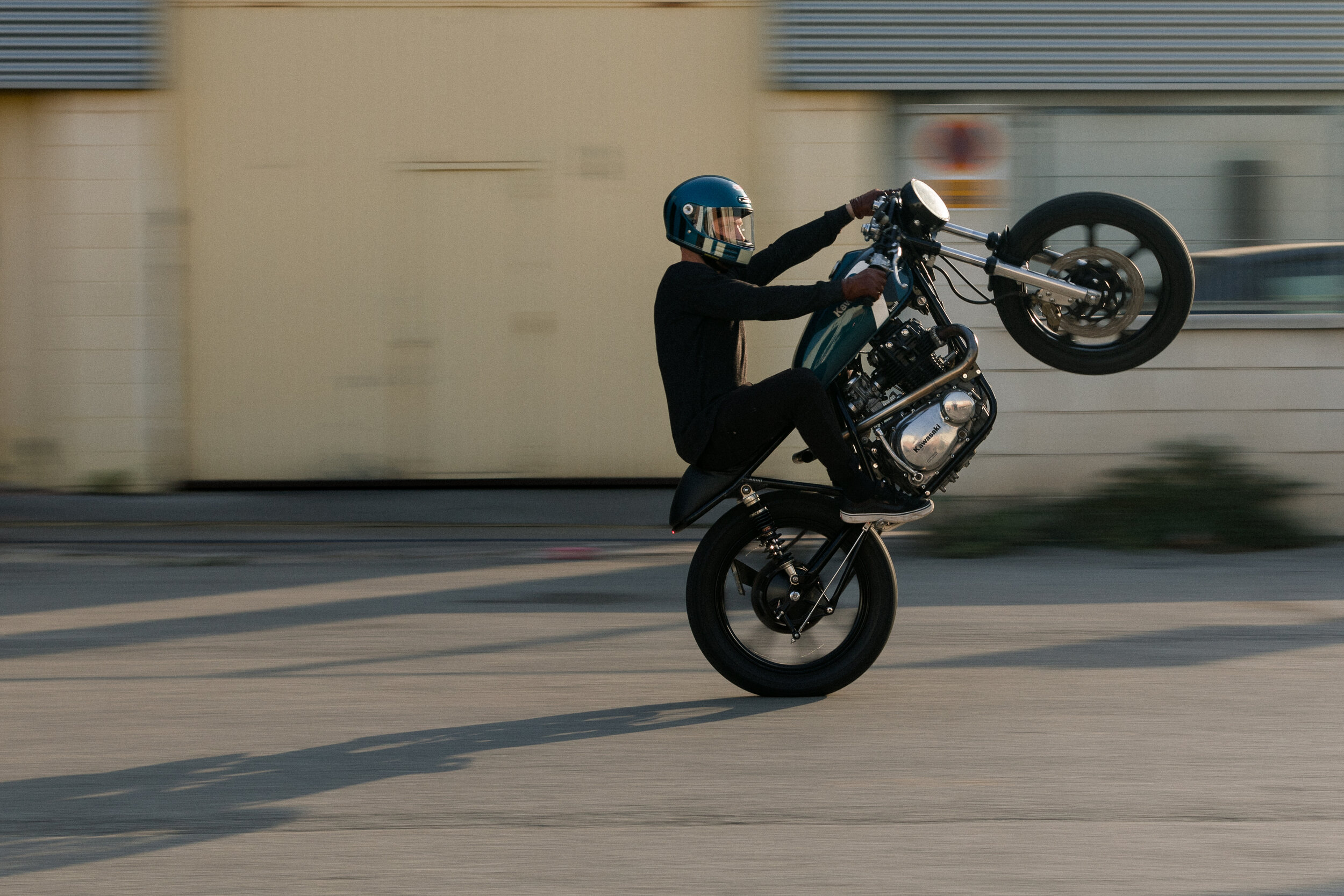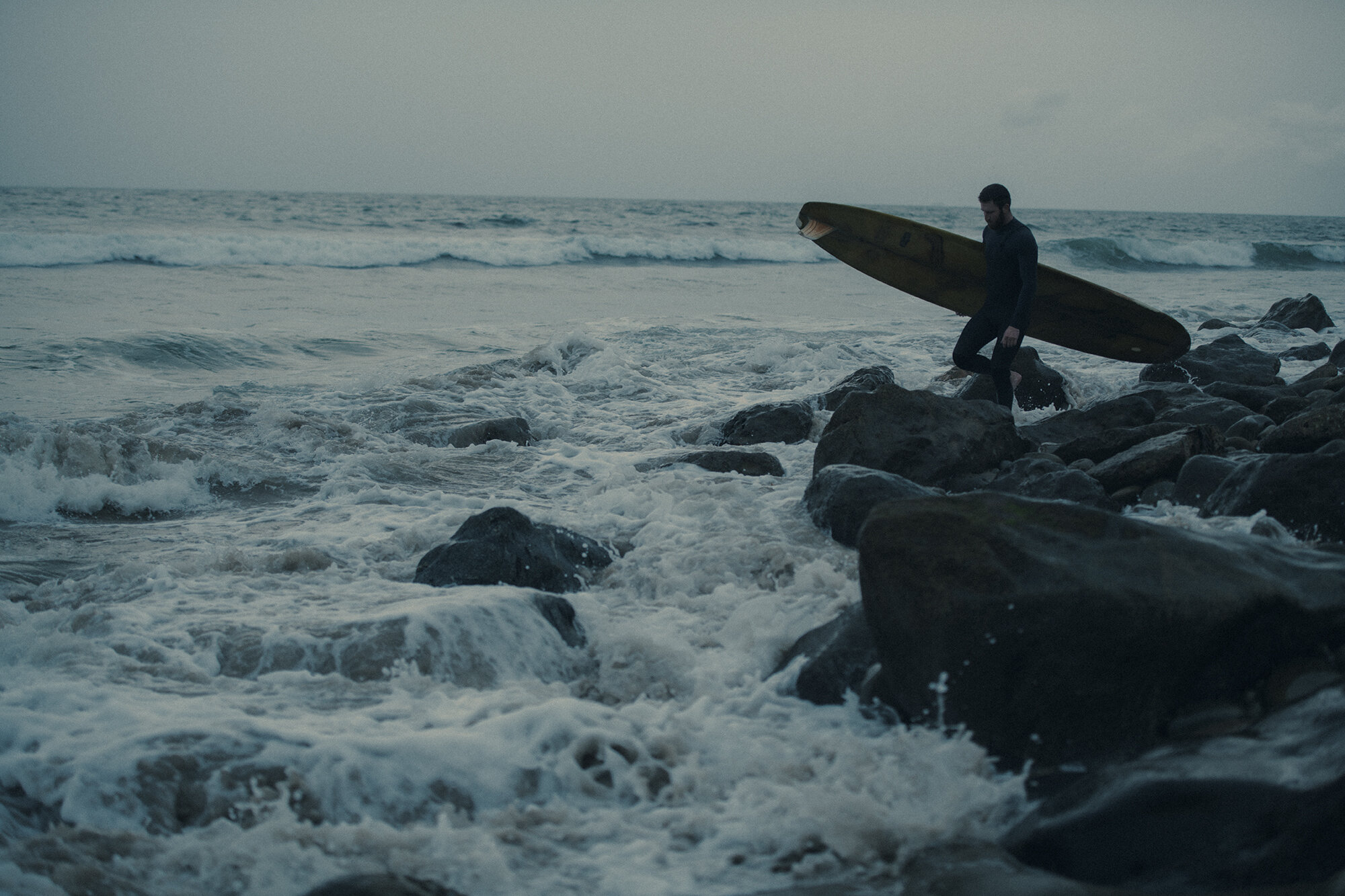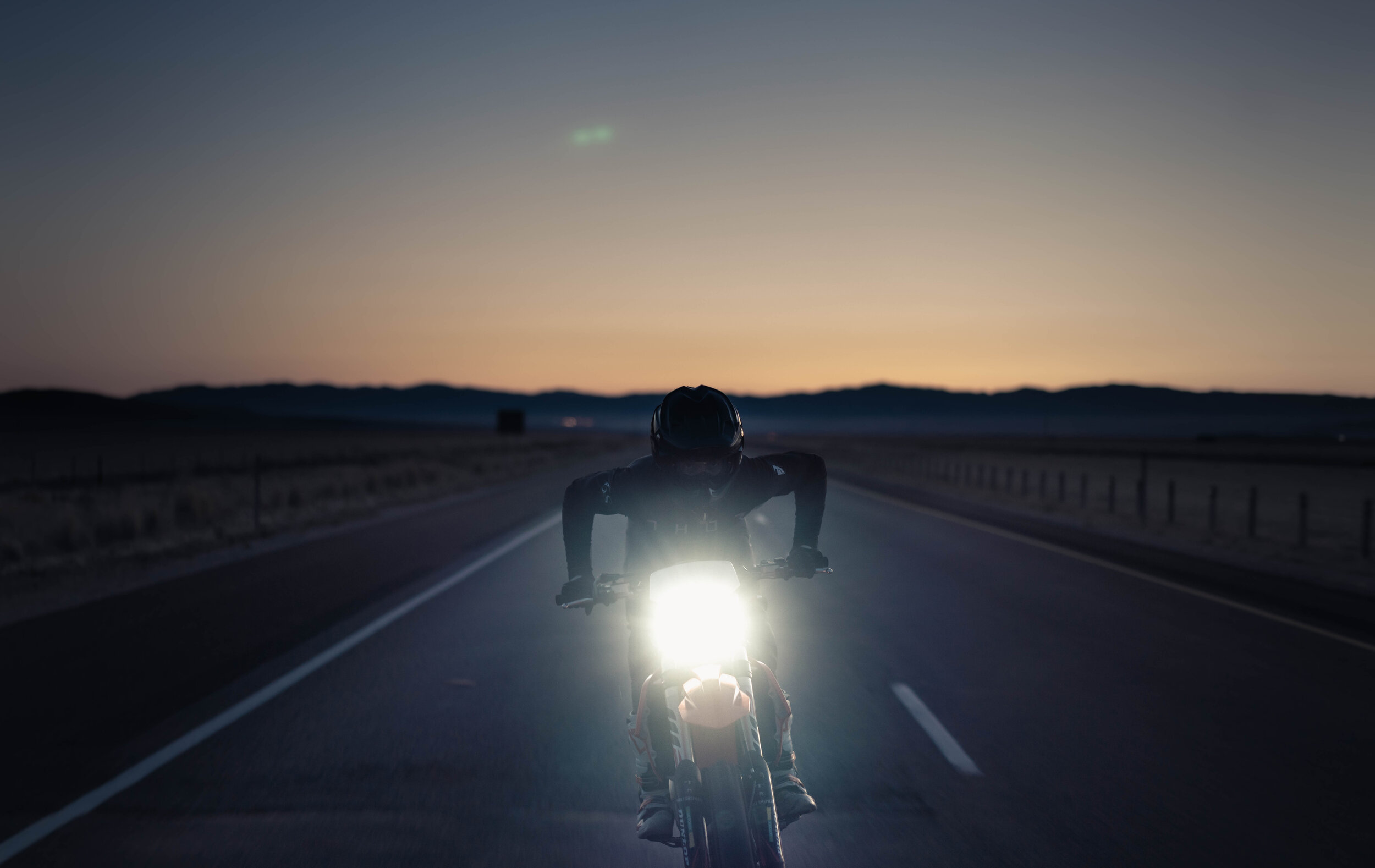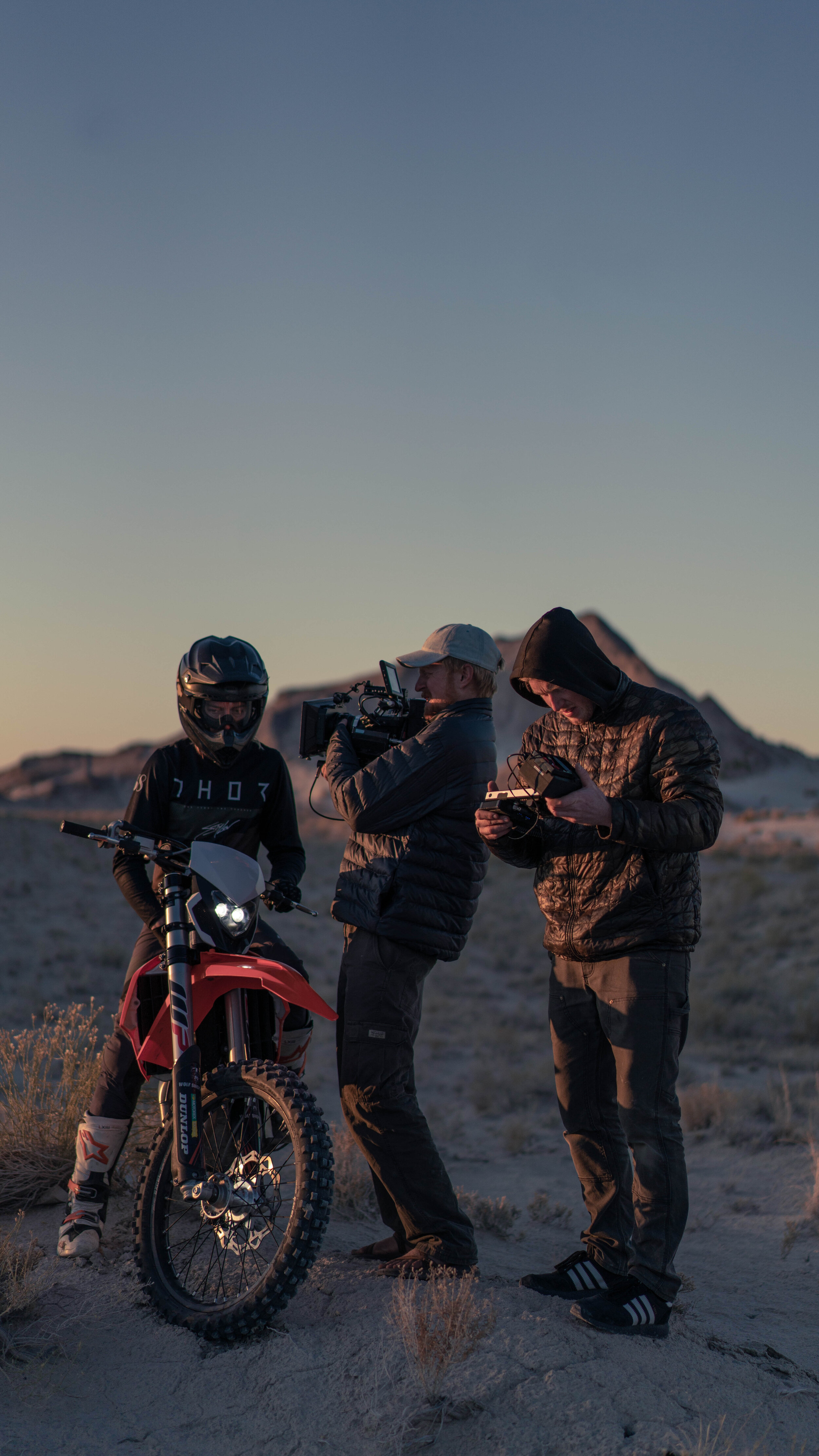He ran across the overgrown field, and he ran past the buses and jumped on his motorcycle, and as he did, he felt a sharp pain in his neck. He fell into the grass, and he heard heavy footsteps running toward him, and voices, and then everything went dark.
When the boy opened his eyes he thought he glimpsed her, alive and unmarred, but then the small concrete room he was in started spinning, and he retched and nearly fell off the side of his cot, but his father was there to catch him. The old man took deep, fast breaths and shook his son to attention, and he told the boy they only had a few minutes to themselves, and that his son needed to listen well if he wanted to leave that place alive.
He told Billy that he had been shot with a tranquilizer dart, and the creature he saw was the Capra Man, and the Wheeler Dairy was a top-secret underground military base, and the Capra Man was an experimental super soldier who had escaped after World War II but was recaptured in the late ’80s, and the military had held him in a cell beneath the milk house until tonight, when it broke free and was subsequently shot dead by soldiers.
The father didn’t look at Billy as he told the boy that Caitlin, Pete, and Kyle were gone, and that the people he worked for had intentions of killing Billy because of what he knew. He told Billy that he had worked out a deal for the boy’s life, but it meant Billy had to keep tonight a secret and lie about how his friends had died, and he begged his son to do what they asked.
Billy felt nauseated again, and he squeezed his dad’s hand and said, “I don’t know who you are.” His father looked at him with tear-filled eyes, and then the door to the room opened. A pot-bellied man in dark sunglasses, khaki shorts, and a Hawaiian shirt walked into the room, and when he did, Billy’s father stood up and saluted. “Sir,” he said, and then he dropped his hand and whimpered, “Please, Steve, it’s my boy...”
The man hushed the boy’s father and told him he needed a few minutes alone with Billy. The boy pleaded for his father to stay, but the old man assured him everything would be OK if he listened and answered any questions asked as honestly as he could. The father kissed his son on the forehead and walked out of the room, and a guard shut the door.
The man used his tongue to move a heavily chewed cigar from one corner of his mouth to the other, and then he grabbed a small metal chair from the corner of the room and slowly dragged it across the concrete floor. He grunted as he sat down, and he unbuttoned his shorts and pushed out his gut, and he said, “Son, you are one lucky boy.”
The man spoke of “national pride” and “civic duty” and “America’s unflinching might and moral fortitude,” and he made clear the lengths to which he would go to protect the country he served. He said Billy and his entire family were dead if he didn’t do exactly as told, and the man told him to listen and listen well, but the boy couldn’t listen, because the boy wanted death, because he knew it was all his fault.
He should have gone to the lake, or gone home when Kyle wanted to, or ignored the shameful curiosity that lured him upstairs, or done anything to save any one of them from horrible deaths, but he didn’t. He ran away, and he was captured by the corrupt bastards who gave birth to an abomination—a living, breathing weapon, the devil stolen from hell —and those men had the power and influence to keep safe their sinister secrets, and one of those men was his father.
The man grabbed Billy by his hair and pulled his head backward and spit tobacco in the boy’s face as he yelled, “You listening, boy?!” and the boy nodded. He wanted to shout in the man’s pig face, because doing so would undoubtedly bring an end to his suffering, but he didn’t, because of his mom and his sister and what these men would do to them.
The man said, “I want you to understand exactly why you’re leaving this place alive tonight, and I want you to know exactly who your father is, because he is risking everything to save your life...he doesn’t know how to not be a hero, I guess. Without him I’m not sure we would’ve won the war in Vietnam.
“I met him as a snot-nosed grunt younger than you are now, hungry to kill for his country, and I turned him into a war god. I thought he was doping when he proposed the Wandering Soul operation, but I watched from the helicopter as whole villages fled from their homes, terrified by the voices speaking in their native tongue, telling the Viet Cong to desert the army to ‘save their souls’...the man is a poet. He knew how to get under that yellow skin, and the psychological combat tactics he developed are still being used by the military today.
“If your dad wasn’t your dad, you’d be dead, but he is your dad, and he’s a dear friend of mine whom I trust, and he is endangering his own life and the lives of your mother and your sister for you, and it will all be for naught if you can’t keep your fucking mouth shut about what happened here tonight. He says you can because you’re a good boy, and you love your country, but I’m not so sure. Is he right about that, Billy?”
The boy didn’t move, so the man slapped him and told him to speak up, and the boy said, “Yes, sir.” The man reached into his pocket and pulled out a crumpled handkerchief to wipe the sweat from his brow, and he said, “Son, tonight you really are the luckiest boy in America.
“This country is the greatest in the world because of our solidarity in moments like this, when we choose to move forward together and keep one another safe. It’s really too bad about your friends, but I promise we’ll take care of them best we can, and it’s a tragedy that the asset broke free from its confinement, but, son, sometimes shit like this happens. Old Capra is usually a big softie, too, but maybe the fireworks spooked him, like they do dogs, and he got upset, broke loose, and raised hell, and now he has himself hid somewhere in the mountains.”
Billy asked, “I thought you shot and killed it?” and the man smiled and said, “You can’t shoot something that doesn’t exist, can you?” and then he knocked on the door and called for a guard. As the man walked out of the room, he turned back to the boy and said, “We’ll keep an eye on you, so make your country proud, son.”
